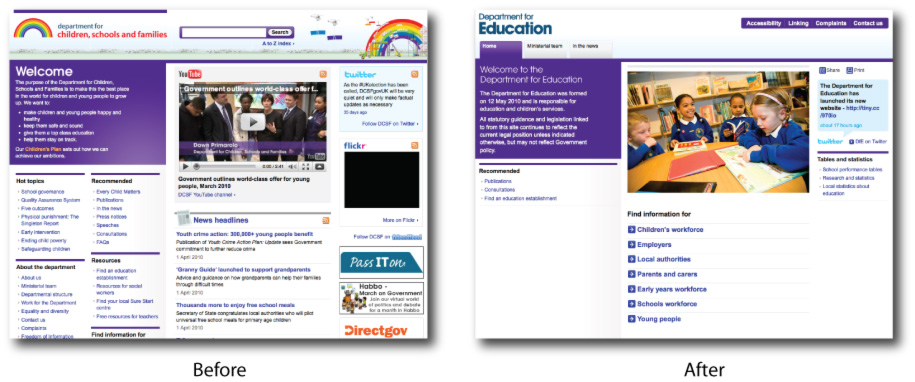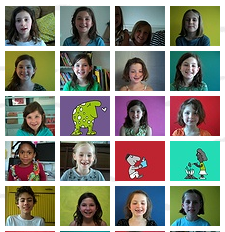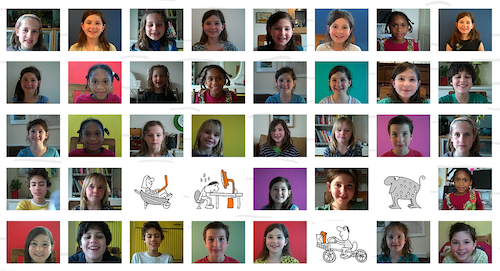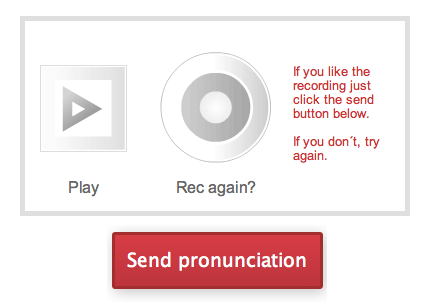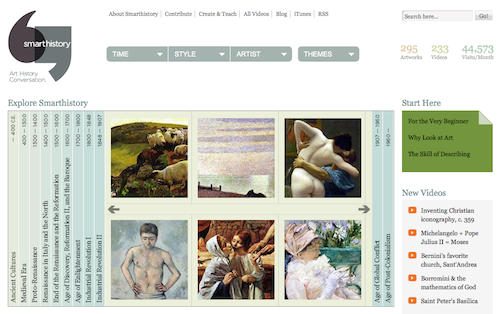
Smarthistory.org is an incredible resource for all people interested in art history: museum visitors, travelers, informal learners, teachers and students. The website is more than a replacement of expensive and heavy textbooks. It uses multimedia to deliver a personal voice through unscripted conversations between art historians while looking at works of art. This is much more than a textbook or a usual audioguide can provide. Smarthistory makes information about art accessible, entertaining and engaging.
Beth Harris and Steven Zucker started Smarthistory as a blog in 2005, featuring podcasts that could be used as free audio guides. They later organized the podcasts stylistically and chronologically and began adding text and images.
In 2008, they received a grant to redesign the site from the Kress Foundation. Now the site itself is a masterpiece of usability. Last year Smarthistory won the renowned Webby Award, “the Internet’s highest (official) honor for excellence” as The New York Times put it, for the best education website.
Visitors can enter and explore smarthistory using several navigation paths, depending on their needs and interests: by timeline, style, artist, and theme, or by using a prominent visual navigation in the center of the homepage or at the bottom of post pages. It’s a a lively, entertaining and even playful approach to art history.
Start (re-)discovering art history with www.smarthistory.org

